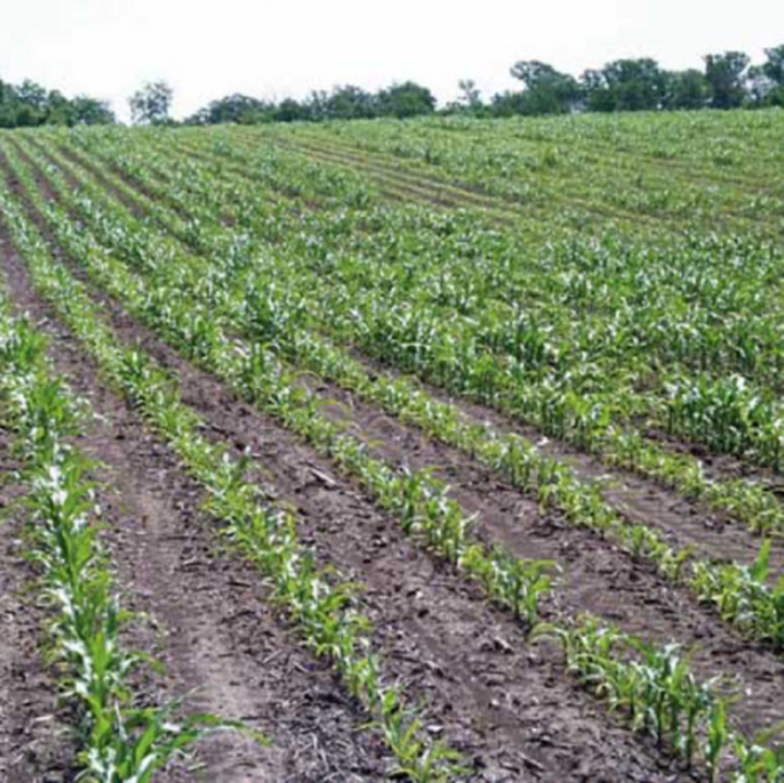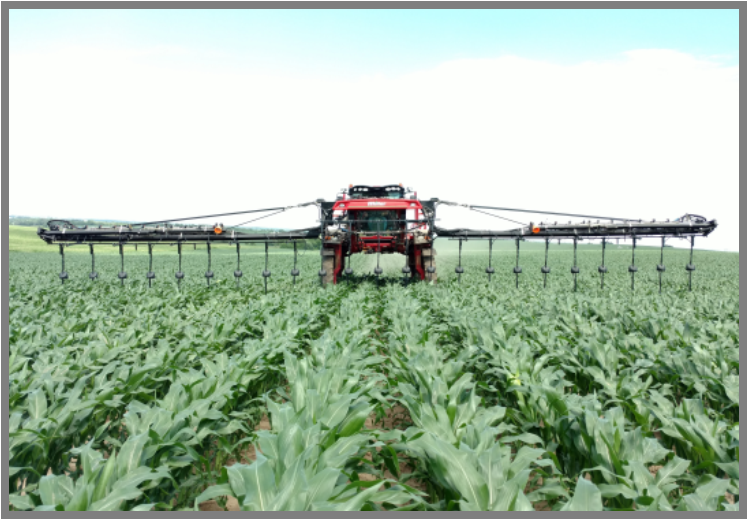The new Veterinary Feed Directive (VFD) ruling by the U.S. Food and Drug Administration was passed October 1, 2015. As a livestock producer, you expect to see new labels for medically important antibiotics used in the feed of food producing animals by January 1st, 2017.
Even though the new labels may be 6 months away, we are encouraging producers to start planning ahead with their veterinarians and to build the necessary veterinary/client/patient relationship if not already in place. The ruling requires it.
The new VFD ruling demands some veterinarian and client interactions that weren’t required before regarding the use of medically important antibiotics in feed and water. The use of these antibiotics in feed will require authorization from a veterinarian via a VFD that will be sent to the feed mill or wherever the medication is being purchased.
If you wish to see a VFD preparedness checklist for producers we have one that Elanco has put together in our dealership. Please stop and ask us for a copy and we’d be happy to share it with you. This is a game changer for how we do business going into the future. We can help make it as painless as possible.
Doug Fish, WS Ag Center, Livestock Specialist






